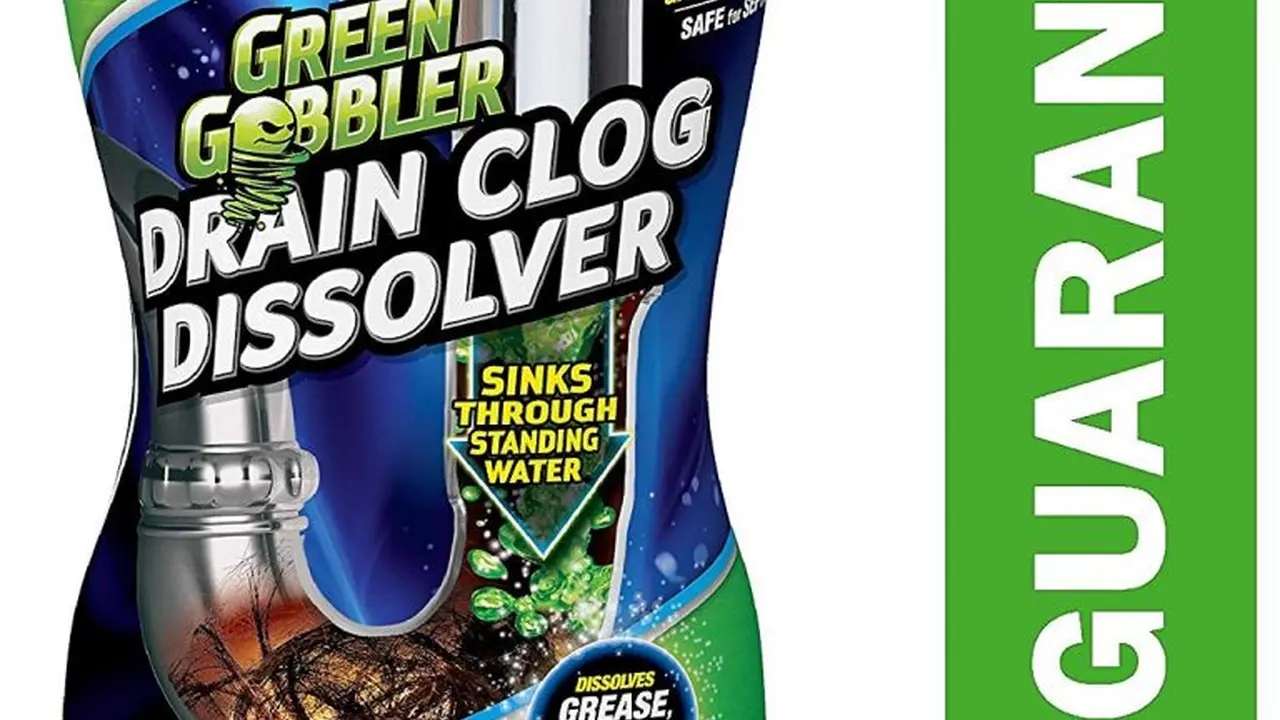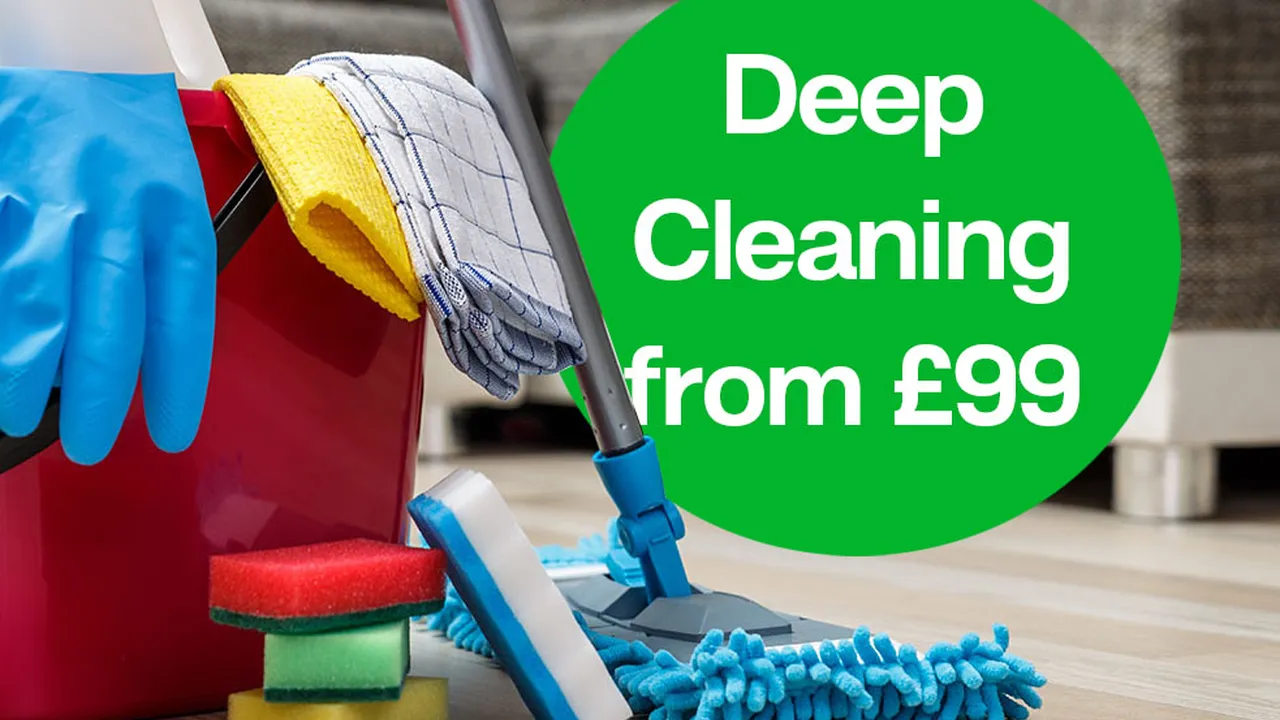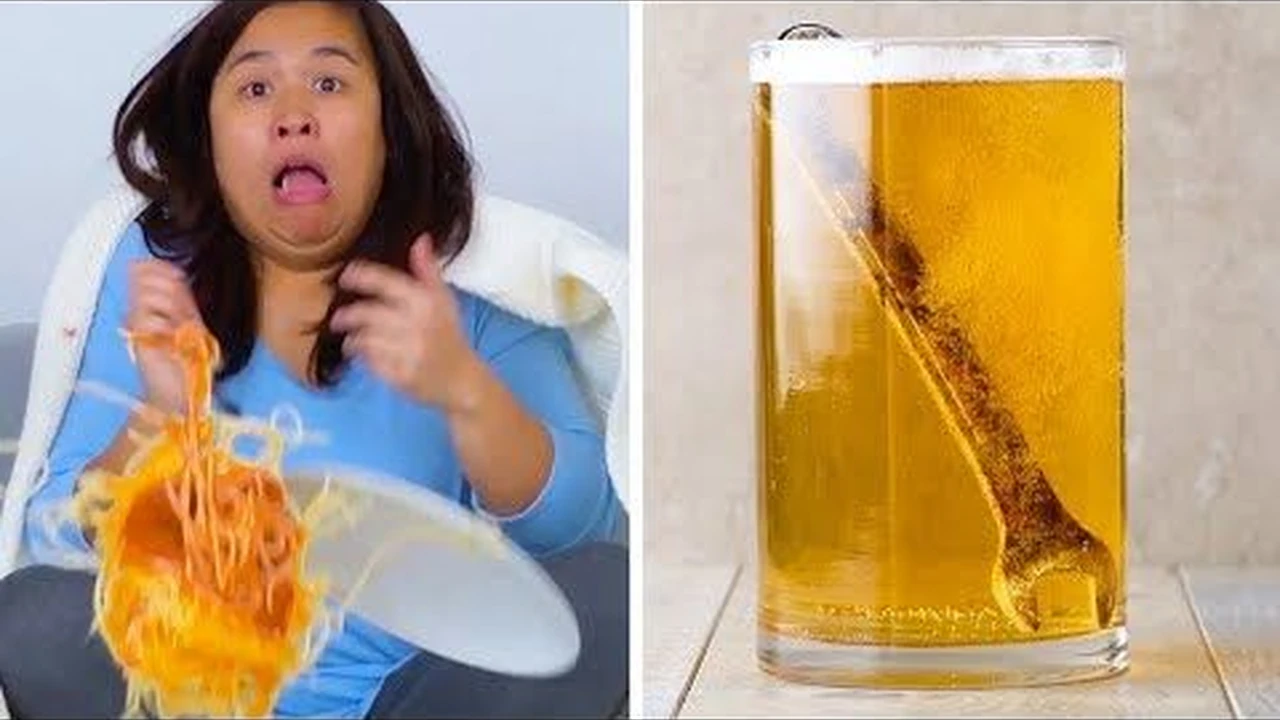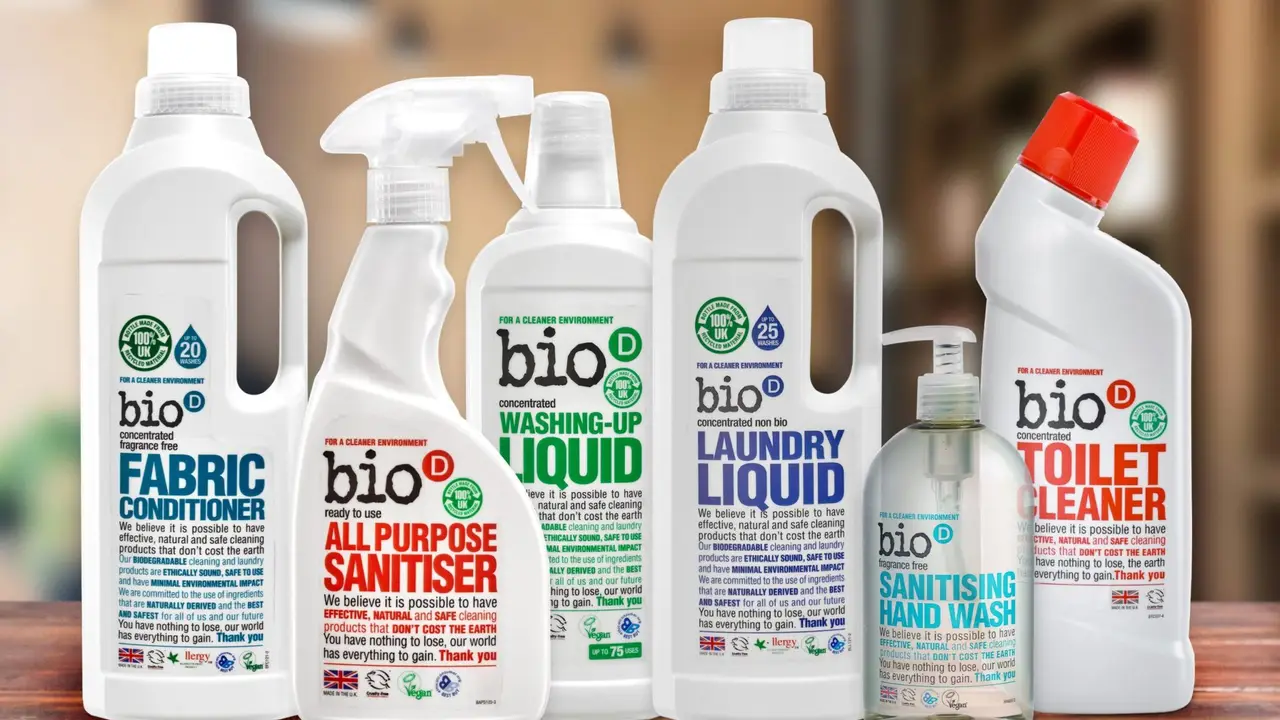Best Disinfectant Sprays: Kill Germs and Bacteria
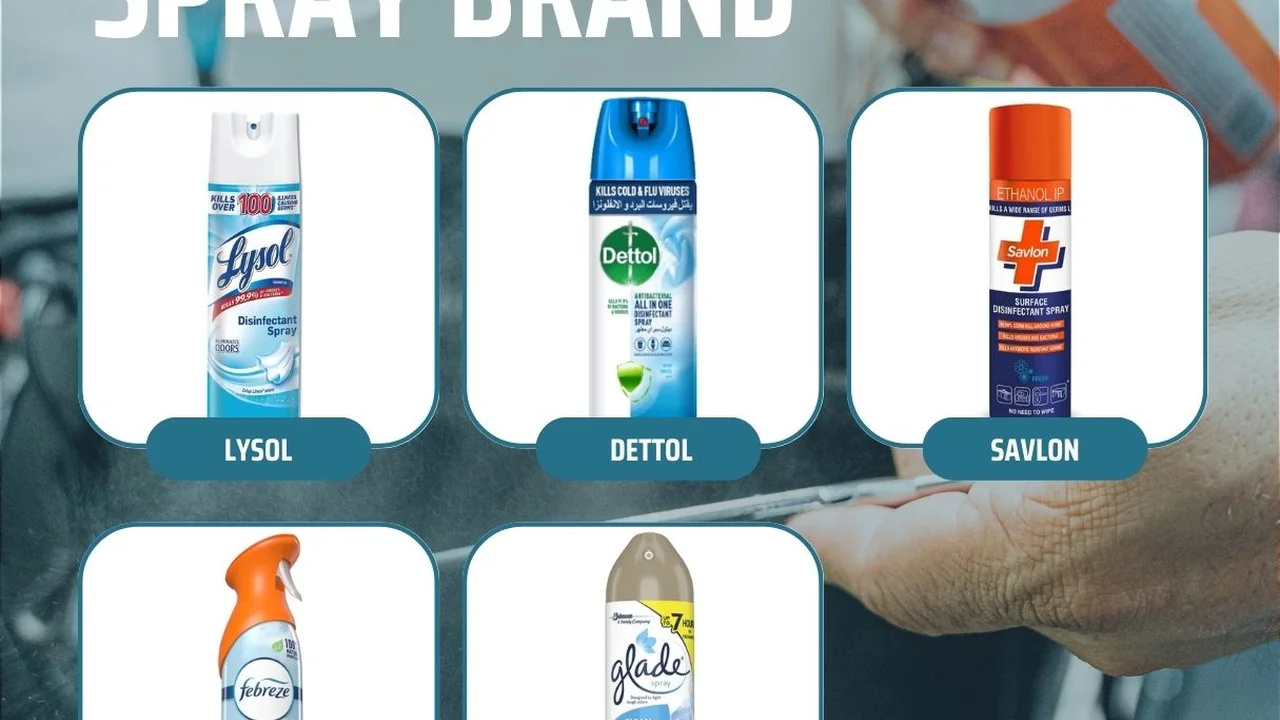
Understanding Disinfectant Sprays The Germ Fighting Essentials
Okay, so let's talk disinfectant sprays. We're not just talking about making things smell nice. We're talking about kicking germs and bacteria to the curb. In a world where hand sanitizer is basically a fashion accessory, knowing your way around a good disinfectant spray is seriously important. Think of it as your invisible shield against all the nasties lurking on surfaces.
Why Use Disinfectant Sprays Beyond the Obvious Cleanliness
Why bother with disinfectant sprays when you could just wipe things down with a damp cloth? Well, that's like using a butter knife to chop wood. You might get somewhere eventually, but it's going to take forever and be way less effective. Disinfectant sprays actually kill germs and bacteria, not just move them around. They're your go-to for high-touch surfaces, especially when someone's been sick. Think doorknobs, light switches, countertops – the usual suspects.
Key Ingredients to Look For in Effective Disinfectant Sprays Ingredient Deep Dive
So, what makes a disinfectant spray actually…disinfect? Look for these key ingredients:
- Alcohol: A classic. It's fast-acting and effective against a broad range of germs. Look for sprays with at least 70% alcohol.
- Quaternary Ammonium Compounds (Quats): These are workhorses. They're great for killing bacteria and viruses, and they have a longer-lasting effect than alcohol.
- Hydrogen Peroxide: A gentler option, but still effective. It's also environmentally friendly, which is a bonus.
- Sodium Hypochlorite (Bleach): Powerful stuff, but use with caution. It can be corrosive and has a strong odor.
Top Disinfectant Sprays Product Recommendations and Reviews
Alright, let's get down to the nitty-gritty. Here are some of my top picks for disinfectant sprays, based on effectiveness, ease of use, and overall value:
Lysol Disinfectant Spray The Classic Germ Fighter
Lysol is the OG of disinfectant sprays. It's been around forever, and for good reason. It's effective against a wide range of germs and viruses, including the flu and common cold viruses. Plus, it's readily available and relatively affordable.
Pros: Widely available, effective against a broad range of germs, affordable.
Cons: Strong odor, can be irritating to some people.
Usage Scenarios: Perfect for disinfecting high-touch surfaces in the home, office, or classroom.
Price: Around $5-$7 per can.
Clorox Disinfecting Mist The Bleach Alternative
If you want the disinfecting power of bleach without the harsh odor and potential for damage, Clorox Disinfecting Mist is a great option. It uses a hydrogen peroxide-based formula that's effective against germs and viruses, but gentler on surfaces.
Pros: Bleach-free, effective against germs and viruses, leaves a fresh scent.
Cons: Can be slightly more expensive than Lysol.
Usage Scenarios: Ideal for disinfecting kitchens and bathrooms, especially surfaces that are sensitive to bleach.
Price: Around $6-$8 per bottle.
Microban 24 Sanitizing Spray Long Lasting Protection
Microban 24 is all about long-lasting protection. It's designed to kill germs for up to 24 hours, even after multiple touches. This is a great option for high-traffic areas where germs are constantly being reintroduced.
Pros: Long-lasting protection, effective against germs and viruses, leaves a pleasant scent.
Cons: Can be more expensive than other options.
Usage Scenarios: Perfect for disinfecting door handles, light switches, and other high-touch surfaces that are frequently used.
Price: Around $8-$10 per bottle.
Seventh Generation Disinfecting Spray The Natural Choice
For those who prefer a more natural approach, Seventh Generation Disinfecting Spray is a great choice. It's made with thyme oil as the active ingredient and is free of harsh chemicals, fragrances, and dyes.
Pros: Natural ingredients, effective against germs and viruses, gentle on surfaces.
Cons: May not be as effective against certain types of germs as other options, can have a strong thyme scent.
Usage Scenarios: Ideal for disinfecting surfaces in homes with young children or pets.
Price: Around $7-$9 per bottle.
Purell Professional Surface Disinfectant Sanitizing Spray The Trusted Brand
You know Purell for hand sanitizer, but they also make a fantastic surface disinfectant. This professional-grade spray is designed for use in healthcare settings and is effective against a broad spectrum of bacteria and viruses, including norovirus and MRSA.
Pros: Professional-grade disinfectant, effective against a wide range of pathogens, fast-acting.
Cons: Can be more expensive and harder to find than other options, may have a slight alcohol odor.
Usage Scenarios: Ideal for disinfecting surfaces in healthcare facilities, schools, and other high-risk environments. Also great for home use when extra disinfection is needed.
Price: Around $10-$15 per bottle.
Comparing Disinfectant Sprays Choosing the Right One for Your Needs
So, how do you choose the right disinfectant spray for your needs? Here's a quick comparison:
- For maximum effectiveness: Lysol, Clorox Disinfecting Mist, or Purell Professional Surface Disinfectant Sanitizing Spray.
- For long-lasting protection: Microban 24.
- For a natural option: Seventh Generation Disinfecting Spray.
- For a budget-friendly option: Lysol.
How to Use Disinfectant Sprays Properly Maximizing Germ Killing Power
Using disinfectant sprays is pretty straightforward, but there are a few things to keep in mind to maximize their effectiveness:
- Read the label: Always read the manufacturer's instructions before using any disinfectant spray.
- Pre-clean surfaces: If the surface is visibly dirty, clean it with soap and water before disinfecting.
- Spray thoroughly: Make sure to spray the surface until it's visibly wet.
- Let it sit: Allow the disinfectant to sit on the surface for the recommended contact time (usually a few minutes) to kill germs.
- Wipe dry (optional): Some disinfectants can be left to air dry, while others need to be wiped dry. Check the label for instructions.
Disinfectant Spray Safety Precautions Protecting Yourself and Others
Disinfectant sprays are powerful stuff, so it's important to use them safely:
- Ventilation: Use disinfectant sprays in a well-ventilated area.
- Avoid contact with skin and eyes: Wear gloves and eye protection if necessary.
- Keep out of reach of children: Store disinfectant sprays in a safe place where children cannot access them.
- Don't mix with other chemicals: Mixing disinfectant sprays with other chemicals can create dangerous fumes.
The Future of Disinfectant Sprays Innovations and Trends
The world of disinfectant sprays is constantly evolving. We're seeing more and more focus on eco-friendly and sustainable options, as well as sprays that offer longer-lasting protection. Look out for innovations in spray technology, such as electrostatic sprayers that provide more even coverage, and new formulations that are both effective and gentle on surfaces.
Disinfectant Sprays and Allergies Considerations for Sensitive Individuals
If you have allergies or sensitivities, it's crucial to choose a disinfectant spray that won't trigger a reaction. Opt for fragrance-free formulas and consider using natural disinfectants like Seventh Generation. Always test a small, inconspicuous area first to ensure the spray doesn't cause any irritation.
Disinfectant Sprays for Specific Surfaces Choosing the Right Formula
Not all surfaces are created equal! Some disinfectant sprays are better suited for certain materials than others. For example, bleach-based disinfectants can damage porous surfaces like wood and fabric. Always check the product label to ensure the spray is safe for the surface you're disinfecting.
DIY Disinfectant Sprays Exploring Homemade Options
While commercially available disinfectant sprays are generally more effective, you can also make your own DIY versions using ingredients like vinegar, hydrogen peroxide, and essential oils. Keep in mind that these homemade sprays may not be as potent as store-bought options, and it's important to use them correctly to ensure they're effective.
Disinfectant Sprays for Travel Staying Safe on the Go
When traveling, it's especially important to disinfect surfaces in hotels, airplanes, and other public spaces. Pack a travel-sized disinfectant spray in your carry-on bag to quickly and easily sanitize surfaces you'll be touching. Focus on high-touch areas like tray tables, armrests, and doorknobs.
Disinfectant Sprays and Pets Keeping Your Furry Friends Safe
If you have pets, it's essential to choose disinfectant sprays that are safe for them. Avoid products containing phenols or quaternary ammonium compounds, as these can be toxic to animals. Always keep your pets away from surfaces while you're disinfecting and allow the area to dry completely before allowing them back in.
:max_bytes(150000):strip_icc()/277019-baked-pork-chops-with-cream-of-mushroom-soup-DDMFS-beauty-4x3-BG-7505-5762b731cf30447d9cbbbbbf387beafa.jpg)



